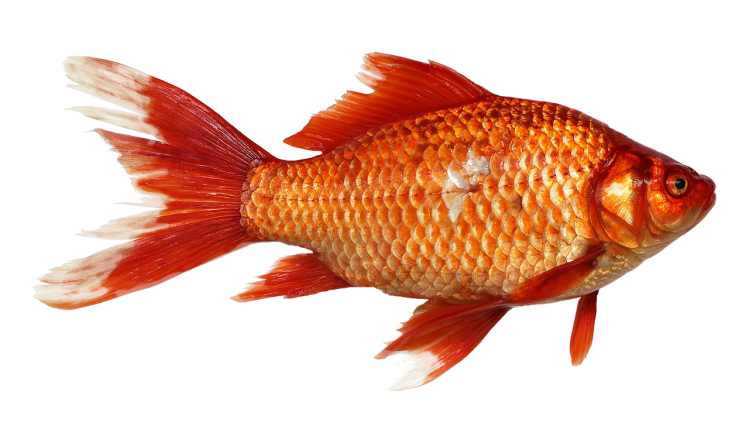My last four blogs have covered:
- Why we’ve got a lot of competition for people’s attention (Waving at Concorde)
- Why we can’t assume we’ve beaten that competition, even when people are looking right at us (Lights On, Nobody Home)
- What’s actually going on inside people’s heads when they’re trying to pay attention (Posner and Petersen)
- How paying attention relies heavily on our system for “blocking out” other distractions: a system which gets tired (Offensive Tackles)
So how long is our attention span, then? For how long can we actually, realistically expect people to concentrate? I find myself advising people all the time to keep stuff short, keep it interactive, remember you lose them sooner than you think – but where’s my hard evidence on this?
To start with definitions: what is an attention span?
The Sohlberg and Mateer model of attention is used widely in clinical settings (eg for people recovering from brain injuries). It sets out five levels of attention, from simplest to most difficult:
- Focused attention: the ability to focus on single things, to pick up information.
- Sustained attention: the ability to focus on something for a period of time, to concentrate.
- Selective attention: the ability to fight off external and internal distractions, to stay focused despite other stimuli.
- Alternating attention: the ability to shift attention between tasks.
- Divided attention: the ability to respond to almost simultaneous tasks.
This may be a useful model as we think about our demands on learners.
When we are designing learning events, we are asking people to perform at least at the third level – selective attention – as there will always be other internal and external stimuli. If we’re expecting them to take notes or perform other tasks whilst listening, we are at level four or beyond.
It’s not that most humans aren’t capable of this – they are – but arguably it’s relatively high performance in attention terms.
To be honest, as I started looking into attention spans, I hoped to find some sort of precision. An equation to predict that I’m going to lose 25% of my audience by slide four; 50% plus by slide ten; and 100% of my own will to live by slide 20. That kind of thing. The sort of thing you can apply to your own design, and the sort of thing you can teach those who are new to the Art of Not Losing People.
Or if not an equation, then at least some kind of ready reckoner for the average attention spans of various species, such as:
- goldfish: eight seconds
- toddlers: 20 seconds
- schoolchildren: two minutes
- adults in listening mode: ten minutes
- adults in doing mode: 20 minutes
- teenagers on YouTube: eight hours
..and so on.
But these neat answers don’t exist. Unless you’re a journalist working for Time or The Daily Telegraph or numerous others, and you were looking around for copy in May 2015 when a study by Microsoft Canada popped into your inbox.
“Humans now have shorter attention spans than goldfish!”
“We’re all doomed!”
“Click here!”
If you want to have fun looking into how a catchy piece of pseudo-pop-science can be passed on uncritically by major and minor news outlets, have a look at these excellent pieces of investigative goldfish debunking by Jonathan Schwabish on PolicyViz, Andrew Littlefield on ceros.com, and Ken McCall on Linked In. Sadly Blinkist is still peddling this stuff even in February 2017.
(I’m beginning to think we need a permanent debunking resource for learning – along the lines of Snopes.com or Dr Ben Goldacre – we can’t leave it all to the good people at neurobollocks. Of course it would start all sorts of fights.)
I’ve been guilty of using the goldfish metaphor myself. I think it’s acceptable – as metaphor, not as science – if you’re trying to shock people into cutting down their 45-minute lectures and taking the pruning shears to their 80-slide PowerPoints. But it doesn’t stand up to detailed scrutiny. We don’t know whether eight or nine seconds refers to the average length of a distraction from a main task (transient attention) or the average length of attention dedicated to sequential tasks. We don’t know whether it applies to goldfish, Canadians, millennials, none of them, or all of them.
Other studies into ultra-short attention spans turn out, on closer inspection, to be studies into how quickly we take decisions to move on – “surfing” behaviour, if you like – rather than how long we can concentrate if we really want to.
So scrap the goldfish. And maybe scrap the whole idea of trying to be precise at the level of seconds, at least for the broader purposes of learning design. Leave that to the advertisers. We need some better rules of thumb.

Thanks Jonathan – another good read. Planning delivery in Barcelona over next few days – I’ve got no slides and some ideas…..
Hope it works!